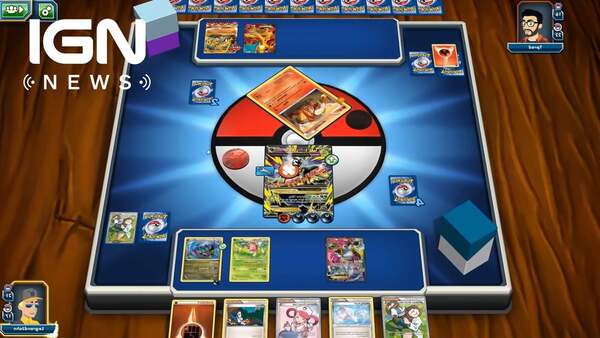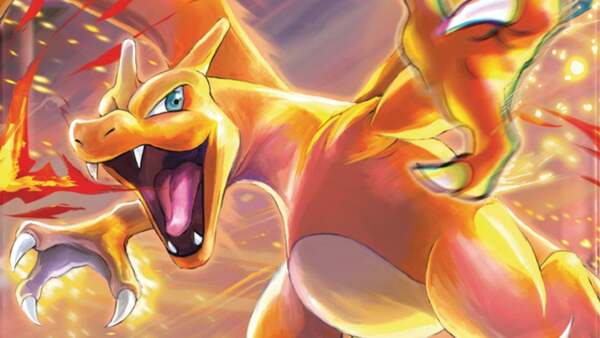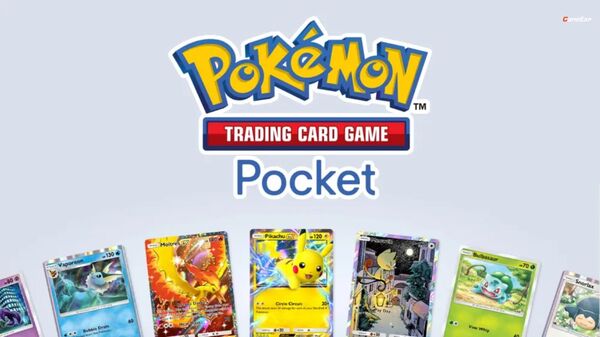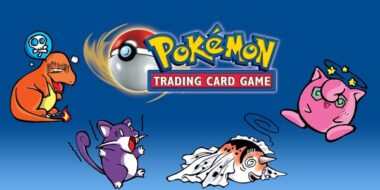The Pokémon Trading Card Game (TCG) has been a beloved pastime for fans since its introduction in 1996. Over the years, the game has seen waves of popularity, but none as tumultuous as the current era. Recently, the Pokémon TCG has faced a major issue that affects not only the dedicated community but also the market as a whole: the rise of scalpers. These individuals buy up large quantities of Pokémon cards at retail prices and resell them at significantly inflated costs. This practice has led to an artificial scarcity in the market, making it difficult for casual players and collectors to access new products. This article explores the deep-rooted impact of scalping on the Pokémon TCG and what can be done to address this growing problem.

The Resurgence of Pokémon TCG and Its Popularity
The Pokémon TCG has always maintained a loyal following, but its popularity exploded in 2020. A combination of pandemic-related factors, nostalgia, and influencer involvement caused a surge in demand for Pokémon cards. Streamers like Logan Paul opened rare booster boxes on their channels, bringing renewed attention to the hobby and sparking a buying frenzy.
As a result, Pokémon cards quickly began flying off the shelves. Products that had once gathered dust in store aisles were suddenly impossible to find. Local game shops and big-box retailers like Target and Walmart were regularly sold out of new card sets, leaving many fans empty-handed. This boom in demand set the stage for opportunistic scalpers to enter the scene, creating an unprecedented spike in prices across the market.
The Role of Influencers and Social Media
Influencers played a significant role in the resurgence of the Pokémon TCG. Their large platforms allowed them to reach millions of viewers, many of whom were nostalgic for the cards they collected as children. The excitement and thrill of watching high-stakes box openings spurred viewers to try their luck, further driving up demand.
Understanding Scalping: How It Works
Scalping is not a new phenomenon in the world of collectibles, but its impact on the Pokémon TCG has been particularly severe. Scalpers utilize bots and other automated tools to purchase large quantities of new products as soon as they become available online. This leaves genuine fans with no choice but to turn to the secondary market, where scalpers list these items at exorbitant prices.
In some cases, scalpers even camp outside retail stores before new products are released, buying up entire stock shipments the moment they hit shelves. This behavior has led to a highly volatile market where prices fluctuate wildly, and availability is scarce. Ultimately, this has created a frustrating experience for many long-time collectors and players.
How Scalping Affects Retail Availability
Retailers have struggled to combat scalping effectively. Some stores have implemented limits on how many items a single customer can purchase, but this has done little to deter determined scalpers who often use multiple accounts or enlist friends to bypass these restrictions. As a result, the majority of new products are bought out almost instantly, leaving little for the average buyer.
Bots and Automated Purchasing
- Scalpers use sophisticated bots that can complete transactions faster than a human user, giving them an unfair advantage.
- These tools are often set up to monitor websites for stock updates and automatically check out items the moment they become available.
Economic Impact of Scalping on the Pokémon TCG Market
The economic effects of scalping are felt both by buyers and the companies producing the cards. For individual consumers, scalping has driven up the cost of acquiring new sets, making it prohibitively expensive to keep up with the hobby. While a booster box might have an MSRP of $100, scalpers often list the same box for two or three times that amount. This artificially inflates the market, creating a barrier to entry for newcomers and casual collectors.
Scalping also affects the value of individual cards. As sealed products become more scarce, the prices for singles—individual cards separated from booster packs—rise in tandem. This means that even players who only want specific cards to build decks for competitive play are forced to pay more, impacting both collectors and competitive players alike.

Price Gouging and Market Manipulation
Scalpers have been known to manipulate the market by hoarding large quantities of specific products, creating a false sense of scarcity. This practice is particularly prevalent with high-demand sets, such as special anniversary releases or sets that contain chase cards (cards that are especially rare and valuable).
How Price Manipulation Affects Collectors
- Collectors face inflated prices for sets they want to complete, making the hobby feel inaccessible.
- The fear of missing out (FOMO) drives some to pay inflated prices, further feeding into the scalping cycle.
Scalping’s Impact on Local Game Stores
Local game stores, which are often the backbone of the TCG community, have been hit hard by scalping. These stores rely on Pokémon products to drive foot traffic and sales. However, when scalpers buy up all the stock, legitimate customers are left with nothing, reducing the number of potential sales. This puts small businesses in a precarious position, as they struggle to compete with the predatory practices of scalpers.
Moreover, some stores have been pressured into raising their prices just to stay afloat. While some customers may view this as the stores engaging in price gouging, the reality is that they are responding to the market forces created by scalpers. This creates a divide between stores and their customer base, further harming the community.
Community Trust and Scalping
Scalping has also eroded the trust between local game stores and their customers. Many players believe that stores are colluding with scalpers, when in fact they are just trying to navigate a difficult economic landscape. Rebuilding this trust is essential for the long-term health of the Pokémon TCG community.
Scalping in the Competitive TCG Scene
Scalping has a significant impact on the competitive Pokémon TCG scene as well. Competitive players need specific cards to build tournament-level decks, and the scarcity of new sets makes it difficult for them to acquire these cards at reasonable prices. This has led to a situation where only players with deep pockets can afford to compete at the highest levels, undermining the inclusivity of the game.
Many players have expressed frustration over the fact that they can no longer build decks without spending hundreds of dollars on single cards. This economic barrier has led to a decrease in new players joining the competitive scene, threatening the future of Pokémon TCG tournaments.
Impact on Deck Building and Strategy
Because scalping has driven up the prices of specific cards, many players are forced to compromise on their deck builds. This has led to a lack of diversity in the competitive meta, as players gravitate towards cheaper, less effective strategies simply because they cannot afford the optimal cards.
Efforts to Combat Scalping
Both retailers and Pokémon TCG fans have made efforts to combat the effects of scalping. Retailers have implemented stricter purchase limits and delayed the release of some products to prevent scalpers from immediately reselling items at inflated prices. Some companies have even taken legal action against scalpers for using automated tools to buy up stock.
On the community side, players have organized against scalping by sharing information on legitimate sellers, reporting suspicious activity, and supporting each other in finding fair deals. However, these grassroots efforts can only go so far without larger systemic changes.
Online Retailers and Scalping Policies
Online retailers have started cracking down on scalping by implementing bot detection systems and requiring account verification. Some retailers have also begun allocating more stock to physical stores, making it harder for scalpers to monopolize online sales. While these measures have had some success, scalping remains a persistent issue.
Possible Long-Term Solutions
To effectively combat scalping, a comprehensive approach is needed. One potential solution is for The Pokémon Company to increase production of high-demand sets, ensuring that there is enough supply to meet the overwhelming demand. Additionally, creating a better pre-order system for dedicated fans could help ensure that more products end up in the hands of genuine players and collectors, rather than resellers.
Another solution is for retailers to implement stricter purchasing policies, such as limiting the number of units one customer can buy across multiple orders. This would make it more difficult for scalpers to accumulate large quantities of products.
Boosting Production and Communication
The Pokémon Company has already announced plans to increase production, but they need to communicate these efforts more clearly to reassure fans. Providing more transparency about restocks and future releases can help reduce the panic buying that scalpers capitalize on.

Conclusion: Reclaiming the Pokémon TCG for the Community
The rise of scalping has created a hostile environment in the Pokémon TCG community, making it difficult for genuine fans to enjoy the hobby. While the impact has been severe, there are steps that can be taken to combat this problem. By increasing production, implementing better purchase policies, and supporting local game stores, the Pokémon community can begin to push


